The Rosenbach Museum & Library is a community that engages with and celebrates the art of the written word using our collection of rare books and manuscripts.
Join Us
Attend a Program
Buy a Tour Ticket
Visit the
Treasures Gallery
Make a Research Appointment
See our Collection
Visit the Educator Portal
Make a Gift
Read the Rosenblog
Listen to our Podcast
Browse our Treasures Gallery
William Shakespeare (1564–1616), Comedies, Histories & Tragedies London, 1632 EL1 .S527 632a
The First Folio, printed in 1623, represented the first time that nearly all of William Shakespeare’s plays were published together. It is also the first time that nearly half of his plays appeared in print…
Ignatius Sancho (1729–1780), Letters of the Late Ignatius Sancho, An African, to which are Prefixed, Memoirs of his Life, by Joseph Jekyll, Esq. M.P. London: William Sancho, 1803 EL2 .S211l 803
The Rosenbach’s copy of Ignatius Sancho’s Letters is a remarkable artifact of resilience in the face of suffering…
Jane Austen (1775–1817), Pride and prejudice: a novel London, 1813 EL3 .A933p v.1
Arguably one of the most well-recognized first lines in English literature, Jane Austen’s opening to Pride and Prejudice tells the astute reader what to expect from her novel. Rather than a straightforward romance, or a sentimental novel of the late eighteenth century…
Oscar Wilde (1854–1900), The ballad of Reading gaol London, 1898 EL3 .W672b copy 2
Oscar Wilde, Irish playwright, author and poet who lived during the second half of the 19th century, challenged the prevailing notions of Victorian society that believed art and literature should be didactic…



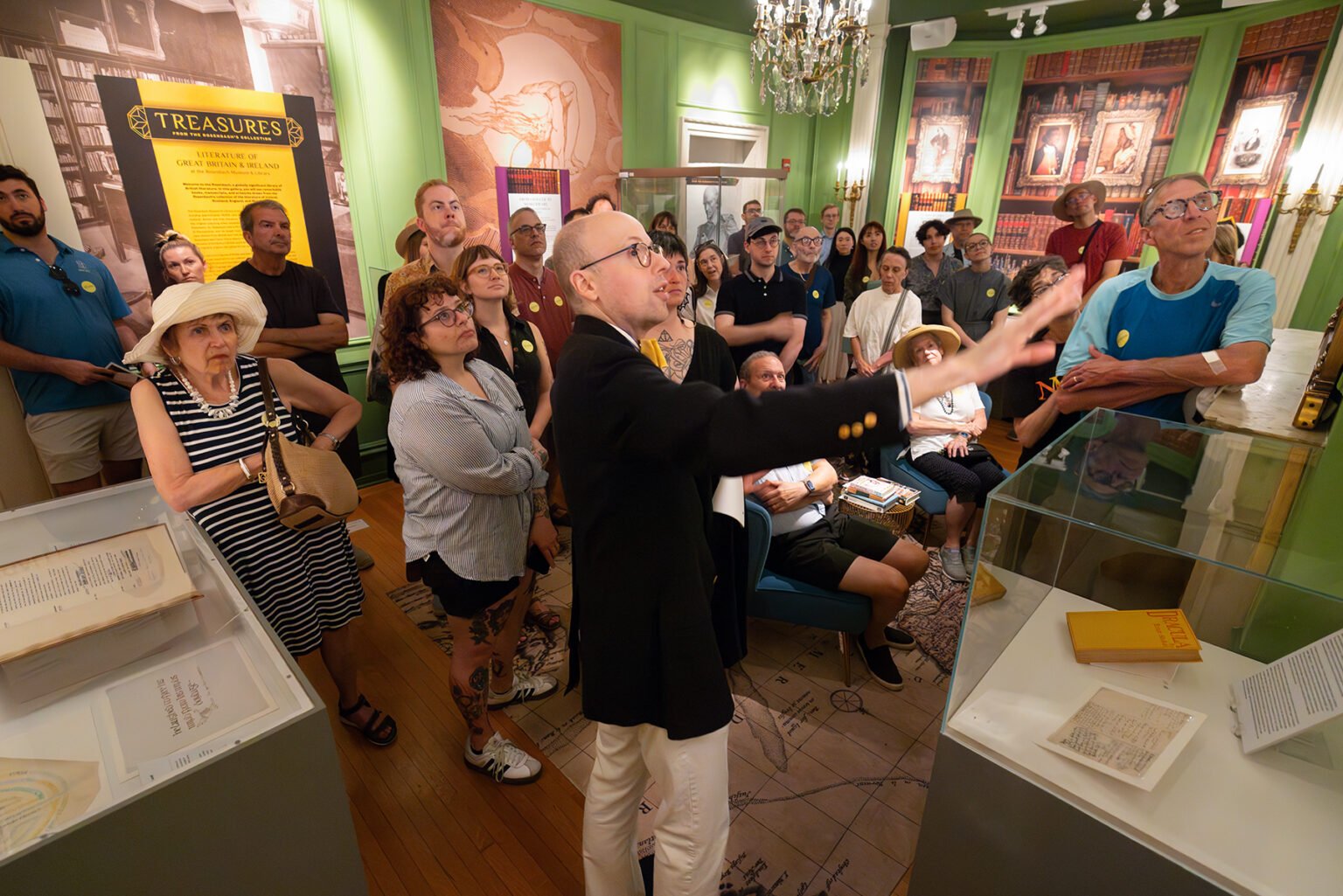




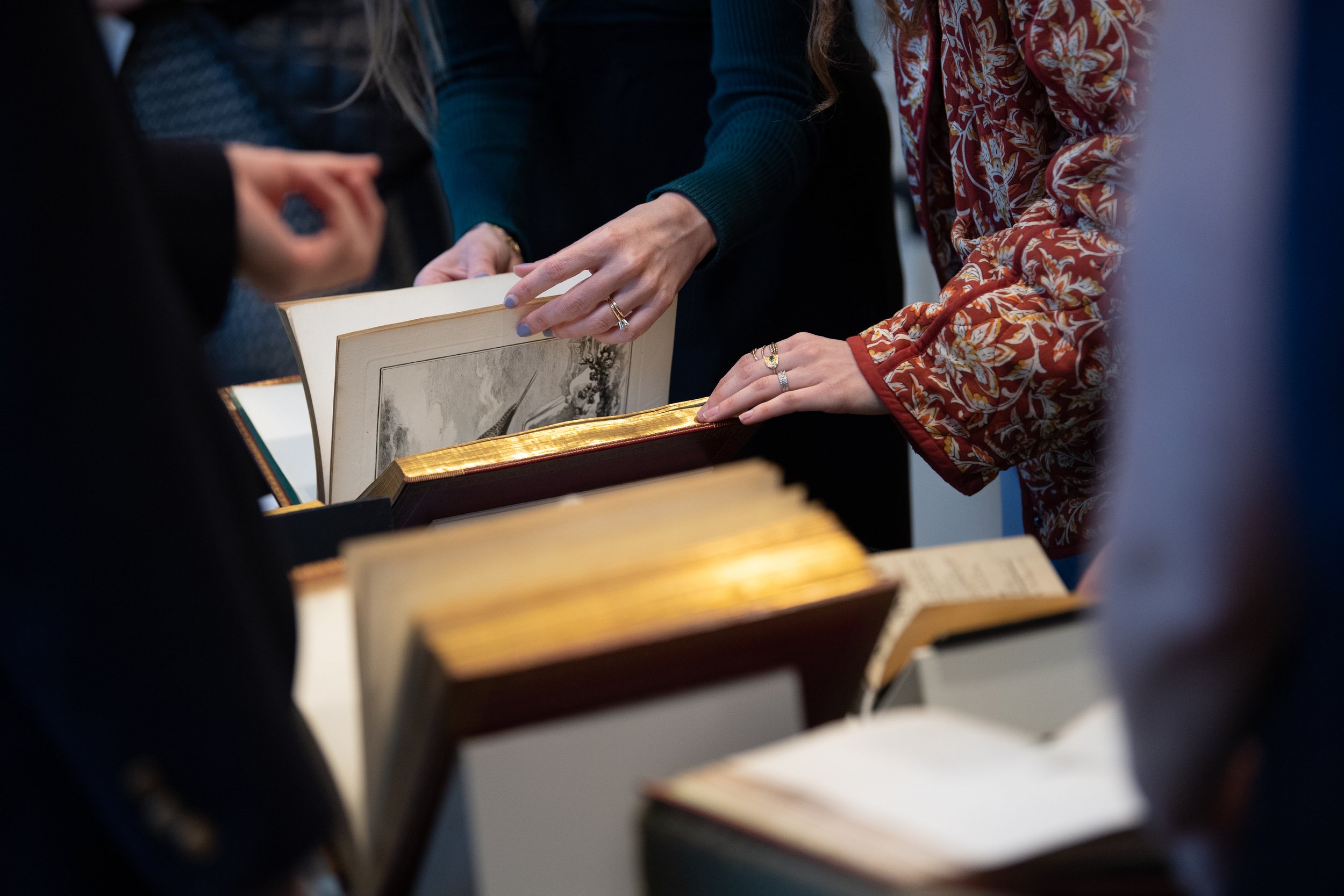

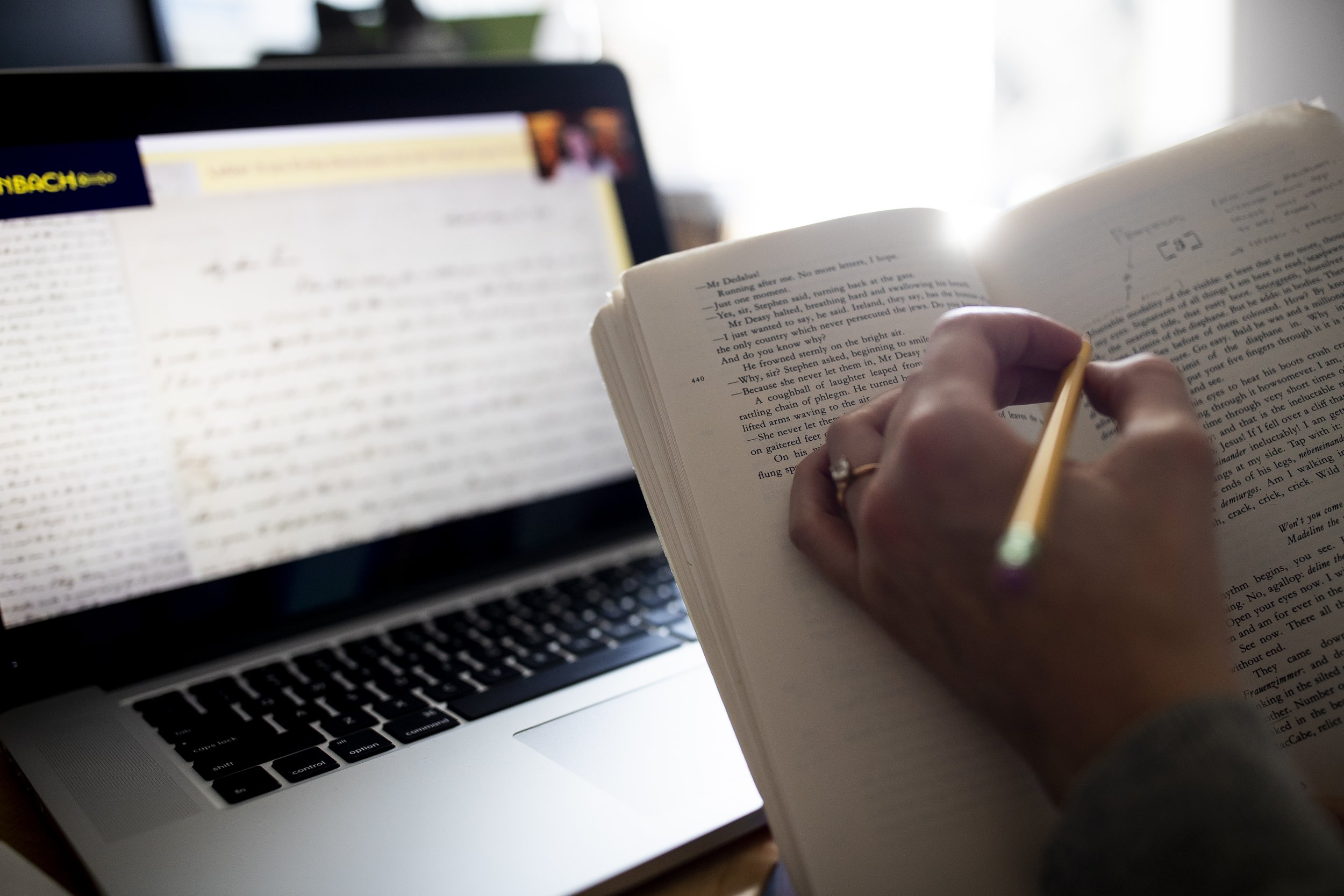











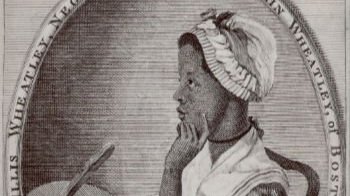

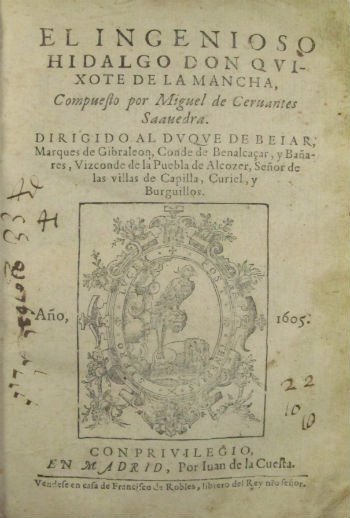
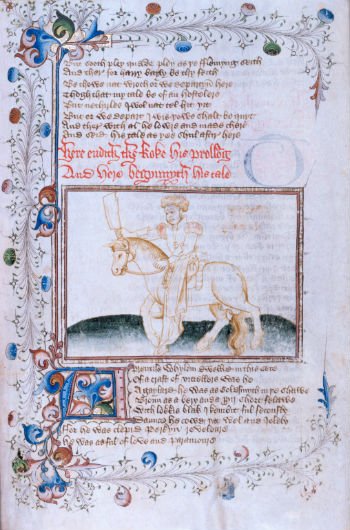





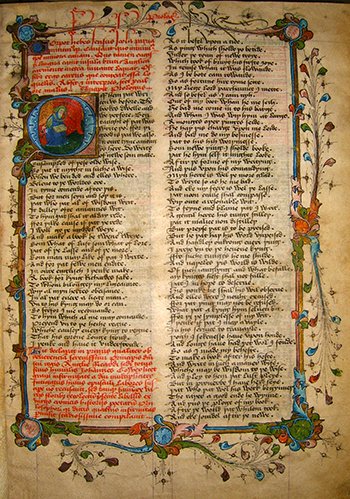

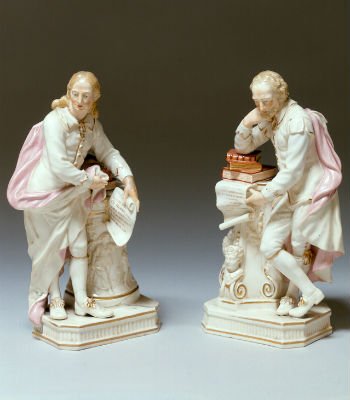
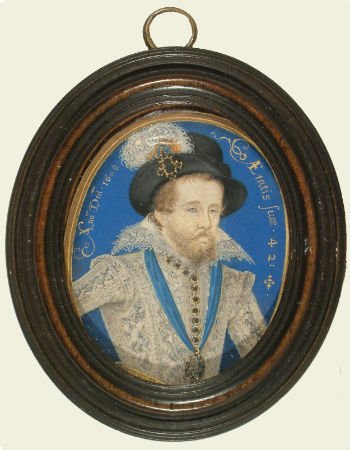
This year, in lieu of a proper Halloween costume, I decided to recreate one of the Rosenbach’s strange and wonderful objects, a 14th-century physician’s almanac and belt book, known affectionately as “the bat book.”